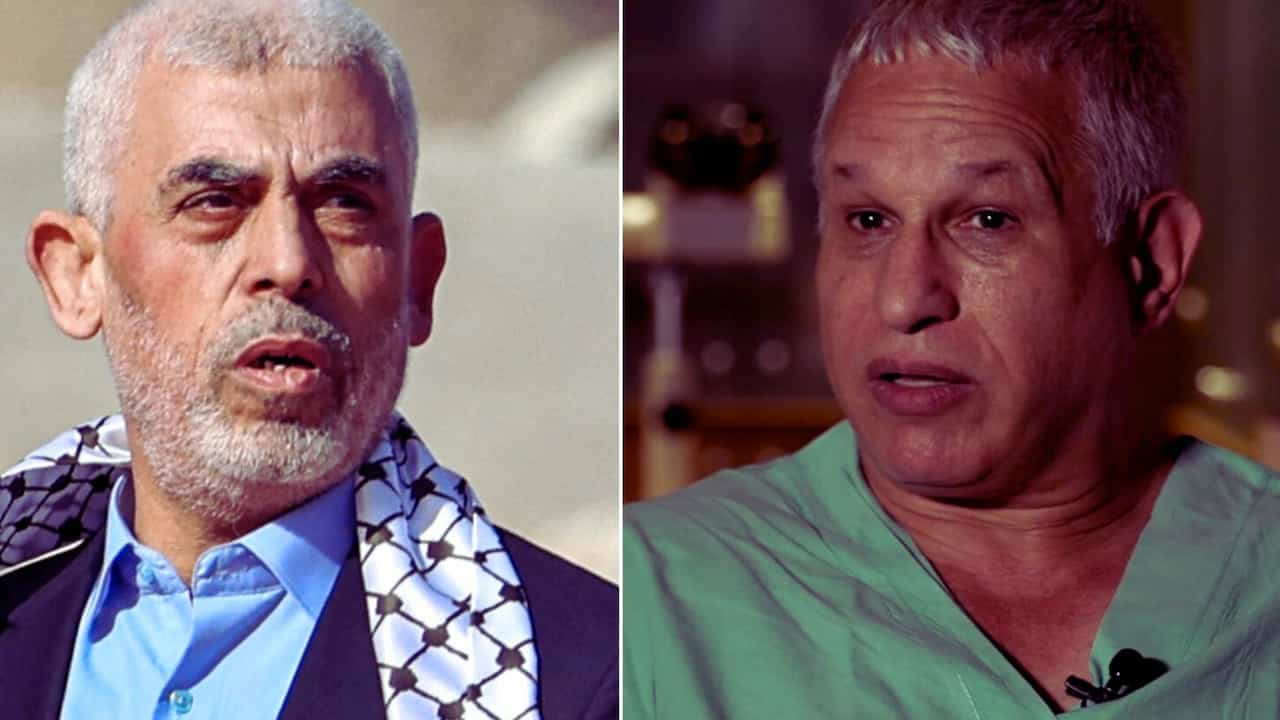Hezbollah Drone Strikes Netanyahu’s House: Escalation in Middle East Tensions
Hezbollah launched an explosive drone from Lebanon on Saturday, striking Israeli Prime Minister Benjamin Netanyahu’s private residence in Caesarea in a shocking turn of events. This marks a significant escalation in the ongoing conflict, as it’s the first time a target directly linked to Netanyahu has been struck since the war began.
The attack unfolded early Saturday morning when three drones crossed into Israeli airspace from Lebanon. While Israeli forces managed to intercept two of the drones using attack helicopters, the third evaded detection and reached its target.
The attack occurred without Netanyahu or his wife, and thankfully no one was hurt. However, the incident has sent shockwaves through the region and raised concerns about the vulnerability of high-profile targets.
In response to the attack, Netanyahu released a brief video statement in English, declaring that nothing will deter him from continuing Israel’s fight against Iran and its proxies. This resolute stance suggests that the Israeli government is likely to intensify its military efforts in the coming days.
The drone strike comes on the heels of another significant development in the conflict. Just days earlier, Israeli forces killed Yahya Sinwar, the leader of Hamas, in a chance encounter after a year-long manhunt. Israeli forces tracked down Sinwar, who had been in hiding since the October 7 attacks on Israel, in the southern Gaza city of Rafah.
The death of Sinwar was the result of persistent efforts by both Israeli and U.S. intelligence agencies. For months, they had been trying to pinpoint his location, but Sinwar’s cautious approach to communication and constant movement made him an elusive target.
He avoided using electronic devices, relying instead on written notes carried by couriers to communicate with military commanders in Gaza and Hamas officials in Doha.
An Israeli military drone captured the final moments of Sinwar’s life. Footage shows him alone in a damaged building, hurling a piece of wood at the drone just before his death. Iranian officials have since praised Sinwar as a martyr who died fighting face-to-face with his enemy.
These recent events highlight the complex and volatile nature of the conflict in the Middle East. The drone attack on Netanyahu’s home demonstrates Hezbollah’s ability to strike high-value targets within Israel, while Sinwar’s death represents a significant blow to Hamas leadership.
As tensions continue to escalate, the international community watches closely, hoping for a peaceful resolution to the conflict. However, with both sides showing no signs of backing down, the region remains on edge, bracing for potential further escalation.
The coming days and weeks will be crucial in determining the course of the conflict. Will Netanyahu’s government respond with increased military action? How will Hamas regroup following the loss of Sinwar? And what role will other regional powers play in either escalating or de-escalating the situation?
One thing is clear: the drone strike on Netanyahu’s residence has added a new dimension to an already complex and dangerous situation in the Middle East. As world leaders grapple with the implications of these events, the hope for peace seems more distant than ever.
